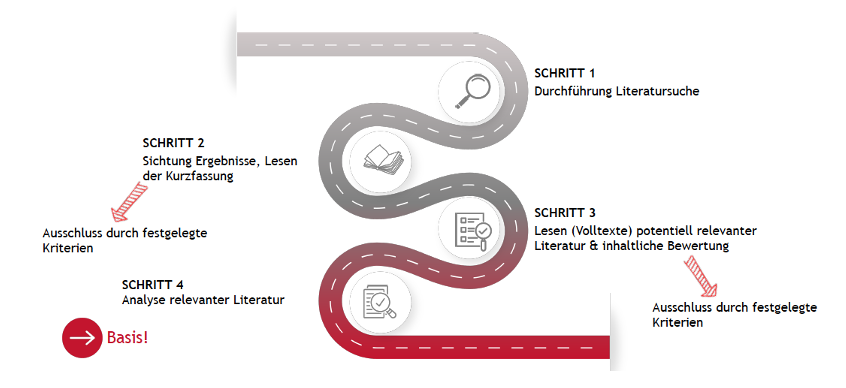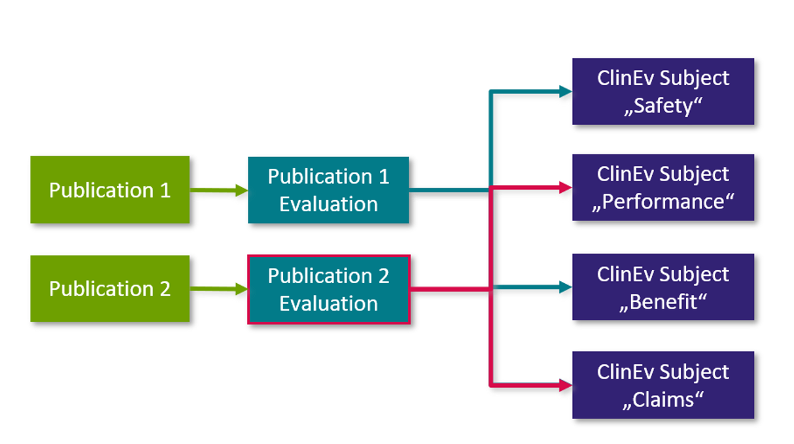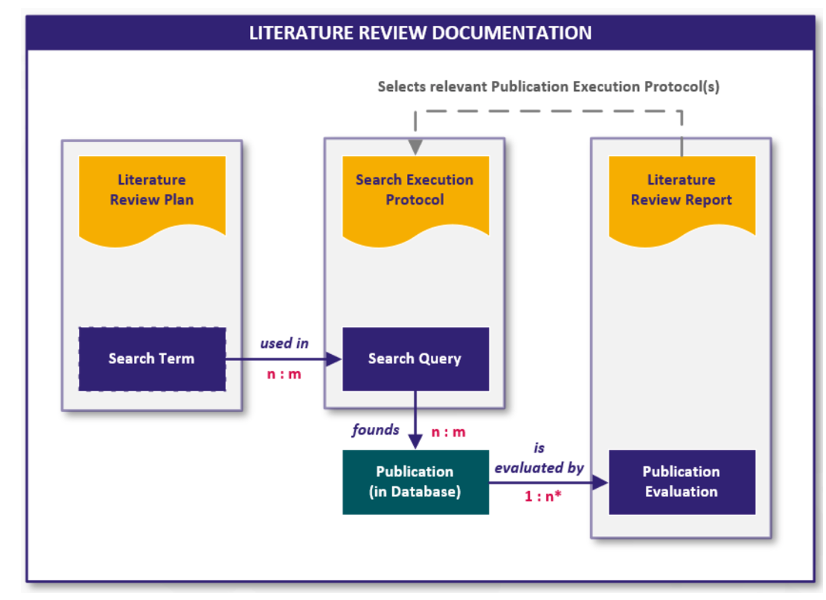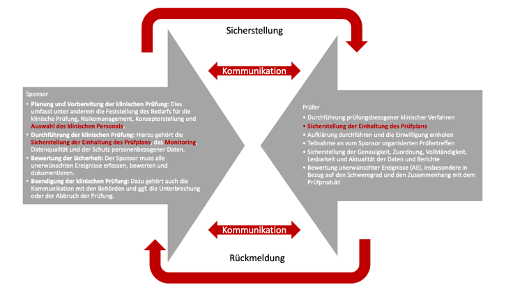From data to insights: trend reports and the requirements of the MDR
At medXteam, the focus is on clinical data. In this context, as CRO we not only carry out clinical trials with medical devices in accordance with MDR and ISO 14155, but also offer all other options and forms of data collection. This is where the topic of trends in accordance with Article 88 of the MDR comes into play: data must also be collected and evaluated for this purpose. That's exactly what this blog post is about.
Abbreviations
MDR Medical Device Regulation;
EU Regulation 2017/745 PMS Post-Market Surveillance
Underlying regulations
EU Regulation 2017/745 (MDR)
1 Introduction
In the world of medical devices, safety and effectiveness are paramount, making it crucial to identify trends early and respond appropriately.
A trend report in accordance with Article 88 of the Medical Device Regulation (MDR) may be required if statistically significant negative trends are identified in the data collected. Provided that the criterion defined in Article 88 of the MDR is met, manufacturers of medical devices are obliged to prepare regular trend reports and, if necessary, take measures to minimize potential risks and ensure the safety of their products.
2. Trend reports
2.1 What is a trend report?
A trend report can be a part of the post-market surveillance (PMS) report.
The PMS plan and PMS report are based on Articles 84 and 85 of the MDR. The trend report is a tool for the early identification of trends and developments related to the safety and performance of medical devices. This report is intended to identify and assess potential risks or safety concerns associated with a medical device. According to Article 88 of the MDR, a trend report is required when a statistically significant increase in the frequency or severity of non-serious incidents or expected adverse reactions is identified that could have an impact on the benefit-risk analysis and result in risks to the health or safety of Lead or may lead to patients, users or others that is unacceptable in light of the intended use.
2.2 Importance of Trend Reports
Trend reports are critical to medical device manufacturers for several reasons:
- Early identification of risks: By regularly analyzing trends, potential risks or safety concerns can be identified early and appropriate measures taken to ensure patient safety.
- Informed decision making: Manufacturers can make informed decisions based on trend reports, both in terms of product development and ongoing monitoring of products already on the market.
- Compliance with legal requirements: Article 88 of the MDR makes the creation of trend reports a legal requirement. Compliance with this provision is therefore essential for manufacturers to meet regulatory requirements and maintain marketing authorization for their products.
3. Implementation of trend reports in accordance with Article 88 of the MDR
The implementation of trend reports in accordance with Article 88 of the MDR requires a structured and systematic approach.
3.1 Data analysis
As part of the data analysis, the data collected is evaluated with regard to its development over time using a suitable statistical method. The following points, among others, are taken into account:
3.2 Data collection and analysis
Manufacturers must continually collect and analyze data that reflects relevant trends and developments related to their products. This may include evaluation of clinical trials, user feedback, post-market surveillance data and regulatory updates.
-
- The collected data is evaluated and first checked for a statistically significant increase in frequency or severity to evaluate whether further analysis of the trend and a resulting trend report are necessary.
- Statistical significance occurs when an observed effect or difference in data is highly unlikely to be due to chance, but rather indicates an actual connection or difference between the variables examined. This is typically expressed by a p-value, where a p-value smaller than the specified significance level indicates that the observed results are statistically significant.
- An observed trend in the data may or may not be a causal connection to the use of the product being evaluated. The existence of a causal relationship will be checked in the further course of the evaluation of a significant trend.
- A trend is determined by evaluating the data from the individual survey times and thus analyzing the development over time in more detail.
- For this purpose, various statistical methods can be used to evaluate the data collected over time and to adequately check for statistical significance.
Which statistical method is suitable in a specific case depends on several factors. This includes, among other things, the type of data collected, the size and structure of the sample and the underlying assumptions about the distribution of the data. - As part of data analysis, trends are also graphically represented using diagrams or graphics as an effective means of making complex statistical results more understandable and clear.
3.3 Documentation
The results of data analysis must be documented in the form of trend reports as part of the post-market surveillance reports or separately. These results reports should be clearly structured and contain relevant information on identified trends, their root cause analysis and potential impacts, as well as the proposed risk mitigation measures:
- Description of the trend:
A clear description of the identified trend including its potential impact on the safety and performance of the medical device. - Root cause analysis:
An analysis of the causes or factors that could contribute to the development of the trend, including possible technical, clinical or regulatory aspects. - Impact Assessment:
An assessment of the potential impact of the trend on the safety and performance of the medical device, as well as on users and patients. - Suggested actions:
Suggestions of appropriate actions to minimize or eliminate potential risks, including updates to the risk management plan, changes to product design or instructions for use, and user training. - Action Plan:
A plan to implement the proposed actions, including timelines and responsibilities.
4. Review and Update
Trend reports must be reviewed regularly and updated as necessary to ensure they reflect current trends and developments.
5. Application example
To illustrate the concepts and processes associated with trend reports in accordance with Article 88 of the MDR, we consider fictitious data on sales figures and complaints from a medical device manufacturer (Table 1).
|
Year |
Number of sales |
Number of complaints |
|
1 |
80 |
5 |
|
2 |
99 |
8 |
|
3 |
78 |
10 |
|
4 |
110 |
3 |
|
5 |
95 |
24 |
|
6 |
130 |
8 |
|
7 |
140 |
23 |
|
8 |
110 |
6 |
|
9 |
125 |
4 |
|
10 |
160 |
9 |
|
11 |
113 |
3 |
Table 1: Number of sales and complaints over time
The collected data on sales and complaints can now be checked for a trend and a significant change using suitable statistical methods (Table 2).
|
|
Number of sales |
Complaints |
|
trend |
+ 5,41 |
- 0,17 |
|
p-value |
0,0126 |
0,8205 |
Table 2: Results of the statistical analysis of the data collected
At a defined significance level of 0.05, the number of sales from year 1 to year 11 is a significantly positive increase with a p-value of 0.0126. For complaints with a p-value of 0.8205, which is greater than the significance level of 0.05, the change cannot be demonstrated to be statistically significant.
Since the results of the evaluations do not represent negative, statistically significant trends, a root cause analysis and the consideration of further measures are not necessary.
However, if there is a negative, statistically significant trend, this trend is analyzed thoroughly. The data collected is evaluated in detail with regard to a causal connection to the use of the product, the causes and the effects of the trend. This also includes a thorough examination of the complaints, their distribution in the complaint categories and their influence on the identified trend for the derivation of measures and, if necessary, adjustments to the risk analysis. The results of these evaluations and appropriate measures to be taken are documented as part of the post-market surveillance report or separately.
6. Conclusion
Trend reports in accordance with Article 88 of the MDR play a crucial role in ensuring the safety and performance of medical devices. By systematically analyzing trends, manufacturers can identify potential risks early and take appropriate measures to ensure the safety of patients, users and third parties. Compliance with this legal requirement is therefore essential for all manufacturers who want to sell medical devices on the European market.
7. How we can help you
Our statisticians accompany you from data collection through analysis to documentation, the trend report! Be safe!
Clinical trials:
At medXteam we clarify whether and if so which clinical trial needs to be carried out under what conditions and according to what requirements during the pre-study phase: In 3 steps we determine the correct and cost-effective strategy in relation to the clinical trial required in your case Data collection.
If a clinical trial is to be carried out, basic safety and performance requirements must first be met. The data from the clinical trial then feed into the clinical evaluation, which in turn forms the basis for post-market clinical follow-up (PMCF) activities (including a PMCF study).
In addition, all medical device manufacturers require a quality management system (QMS), including when developing Class I products.
We support you throughout your entire project with your medical device, starting with a free initial consultation, help with the introduction of a QM system, study planning and implementation through to technical documentation - always with primary reference to the clinical data on the product: from the beginning to the end End.
Do you already have some initial questions?
You can get a free initial consultation here: free initial consultation





